Health & Science
Echoes of the Big Bang; Why narwhals have horns; When food hits the floor; How dark chocolate helps us
Echoes of the Big Bang
In an extraordinary breakthrough, scientists have discovered gravitational “ripples” that provide strong evidence of the Big Bang. If confirmed, the findings verify the theory of cosmic inflation, which holds that 13.8 billion years ago, the universe expanded violently from a hot, dense, subatomic speck to the size of a golf ball in a trillionth of a trillionth of a trillionth of a second and then kept expanding. “This work offers new insights into some of our most basic questions: Why do we exist? How did the universe begin?” Harvard theorist Avi Loeb tells Science Daily. “These results are not only a smoking gun for inflation, they also tell us when inflation took place and how powerful the process was.” When inflation was proposed 35 years ago, scientists predicted the event would have been accompanied by waves of gravitational energy—ripples in the fabric of space-time. These ripples would produce a distinct pattern in the bath of microwave radiation that is the afterglow of the Big Bang. That pattern is what scientists have observed using an Antarctic telescope designed to detect incredibly minute differences in the temperatures of the microwaves. The ripples—the oldest evidence mankind has ever found of -anything—also support the theory that our universe may be just one of a vast number that have burst into existence. “This is huge, as big as it gets,” said Marc Kamionkowski, an early-universe expert at Johns Hopkins University.
Why narwhals have horns
The Week
Escape your echo chamber. Get the facts behind the news, plus analysis from multiple perspectives.

Sign up for The Week's Free Newsletters
From our morning news briefing to a weekly Good News Newsletter, get the best of The Week delivered directly to your inbox.
From our morning news briefing to a weekly Good News Newsletter, get the best of The Week delivered directly to your inbox.
They’re known as the unicorns of the sea. But scientists have long puzzled over why narwhals, a type of arctic whale, sport a spiraled horn protruding from their upper lip. New research now indicates that the horn, which is more akin to an overgrown tooth or tusk, is actually a sensory organ that may help the animals navigate. “People have said it’s everything from an ice pick to an acoustic probe,” Dr. Martin Nweeia of the Harvard School of Dental Medicine tells BBC.com. “But this is the first time that someone has discovered sensory function.” The tusks, which are typically seen on males, can grow up to nine feet long. The outer layer is permeable, while the inner layer contains microscopic tubes that channel seawater toward nerve endings connected to the narwhal’s brain. To determine its function, researchers used plastic sheaths as “tusk jackets,” then bathed the jackets in saline solutions of different concentrations. The whales’ heart rates rose in response to high-salt concentrations and dipped when saline was low. This indicates that the tusks may help narwhals avoid lingering in freezing waters, which tend to be saltier, perhaps to guard against becoming entrapped in ice.
When food hits the floor
Does the “five-second rule” really work? Clumsy eaters have long contended that fallen food is okay to eat if it’s pulled off the floor quickly, and a new study indicates they may be right. A team of British researchers looked at two common bacteria—E. coli and Staphylococcus aureus—to measure how many microbes attached to food when it was dropped on tile, linoleum, or carpet. Scientists tested foods like toast, cookies, pasta, and sticky candy, and left samples on the floor for intervals lasting from three to 30 seconds. The results: Time, flooring, and consistency of the food all contributed to the amount of bacteria transferred. Carpet kept food cleanest, and “moist” foods like noodles and candy tended to be the most infected. “Consuming food dropped on the floor still carries an infection risk,” says study author Anthony Hilton of Aston University, “as it very much depends on which bacteria are present on the floor at the time.” But the study does indicate that the faster you pick it up, the safer that cookie is likely to be.
How dark chocolate helps us
A free daily email with the biggest news stories of the day – and the best features from TheWeek.com
The secret to dark chocolate’s health benefits may be in our guts. New research has found that bacteria in our stomachs feast on an indigestible part of cocoa, fermenting it into anti-inflammatory compounds that are good for the heart, the Los Angeles Times reports. The key lies in anti-oxidants called polyphenols, which are found in dark chocolate and cocoa powder as well as dark berries and black tea. The molecules in many polyphenols are too large to be absorbed through the stomach wall into the blood to be used as nutrients—which is where intestinal microbes lend a hand. In an experimental setting in the lab, researchers found that Bifidobacterium and lactic acid bacteria broke the polyphenols down into smaller molecules capable of making it into the blood. “When these compounds are absorbed by the body, they lessen the inflammation of cardiovascular tissue, reducing the long-term risk of stroke,” Louisiana State University food science professor John Finley says. The amount of cocoa powder needed to produce benefits is about two tablespoons per day.
-
 The week’s best photos
The week’s best photosIn Pictures A drive in the desert, prayers with pigeons, and more
-
 The Week Unwrapped: Will drought fuel global violence?
The Week Unwrapped: Will drought fuel global violence?Podcast Plus why did Trump pardon a drug-trafficking president? And are romantic comedies in terminal decline?
-
 Crossword: December 5, 2025
Crossword: December 5, 2025The daily crossword from The Week
-
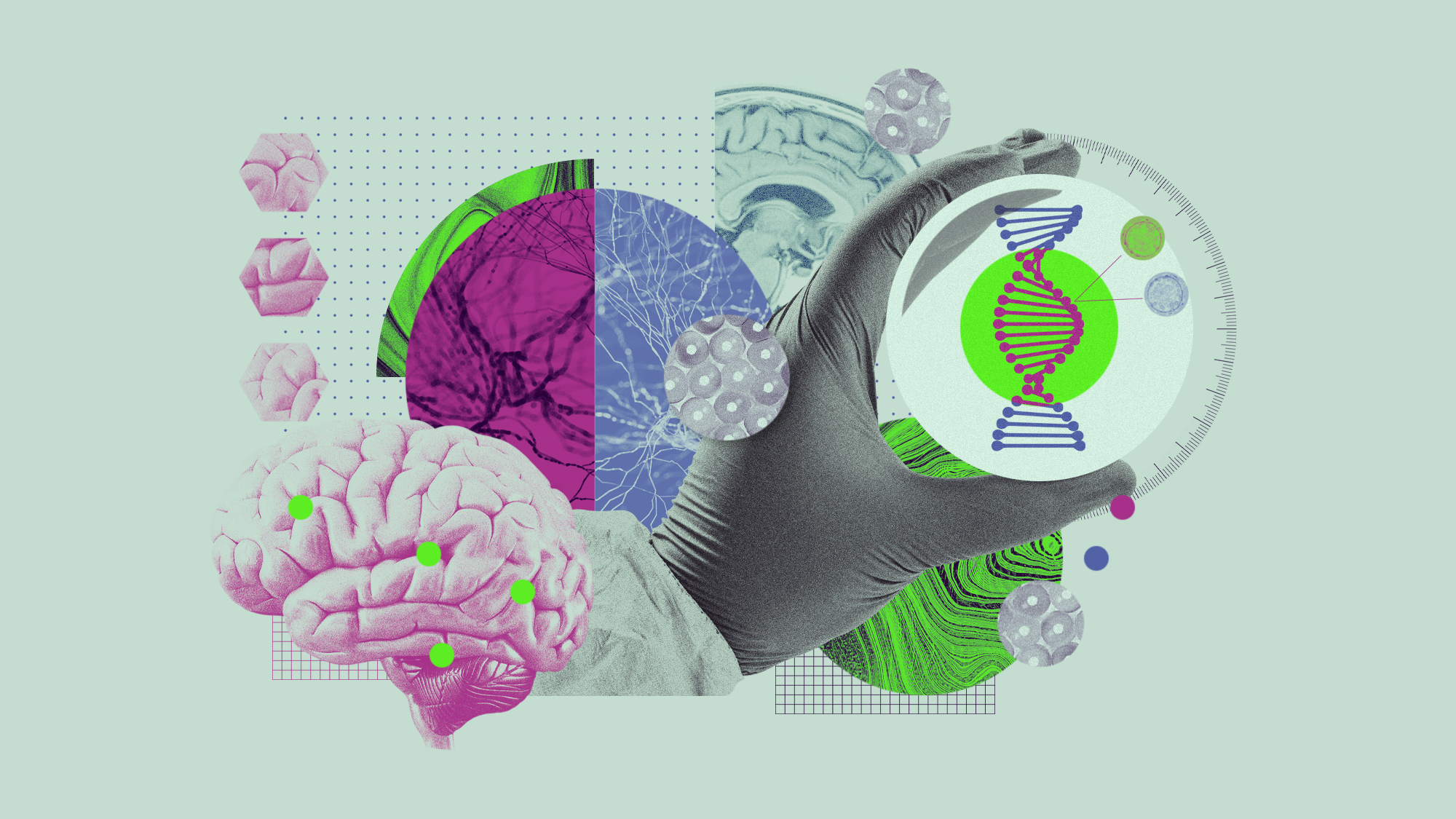 5 recent breakthroughs in biology
5 recent breakthroughs in biologyIn depth From ancient bacteria, to modern cures, to future research
-
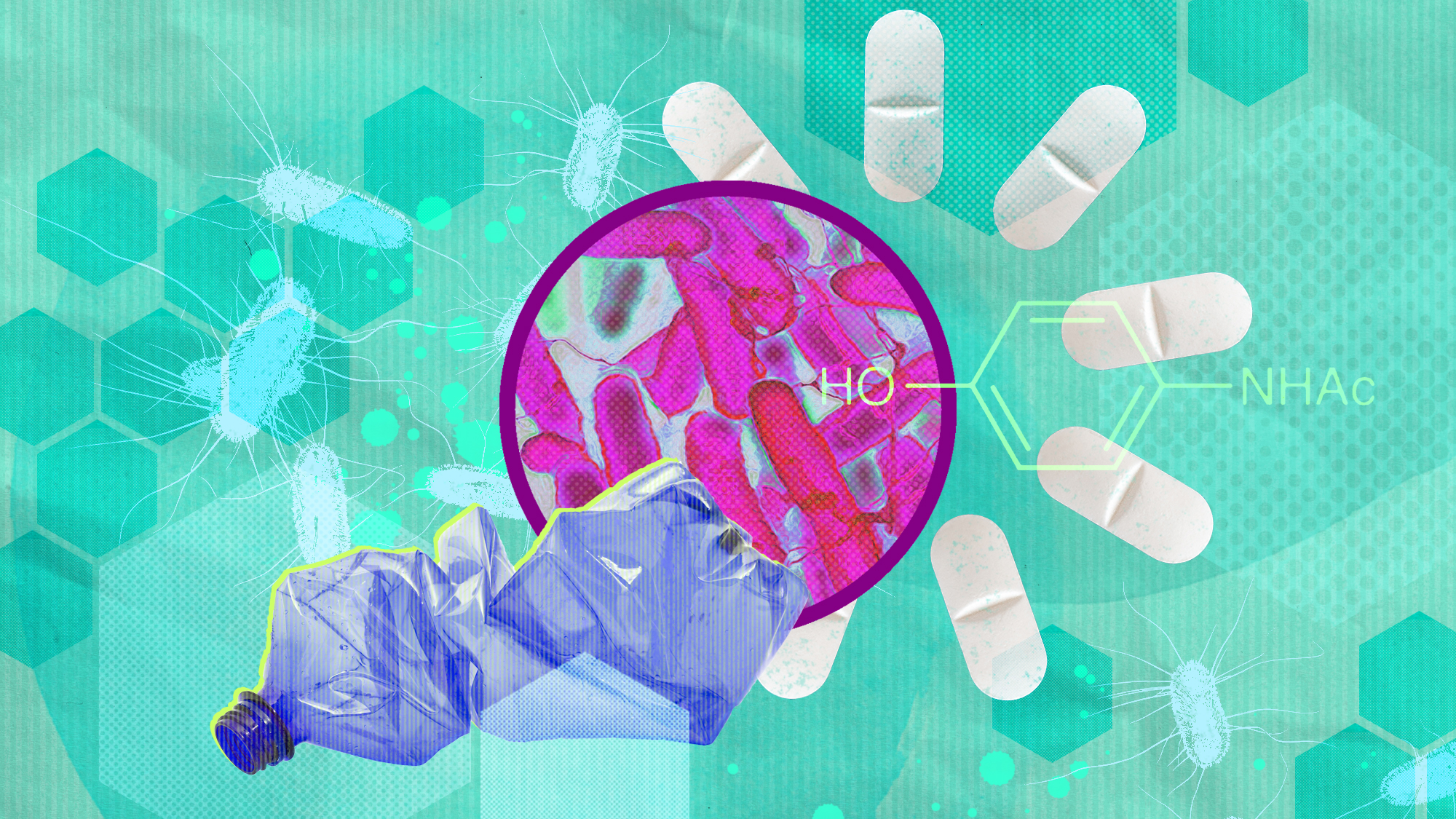 Bacteria can turn plastic waste into a painkiller
Bacteria can turn plastic waste into a painkillerUnder the radar The process could be a solution to plastic pollution
-
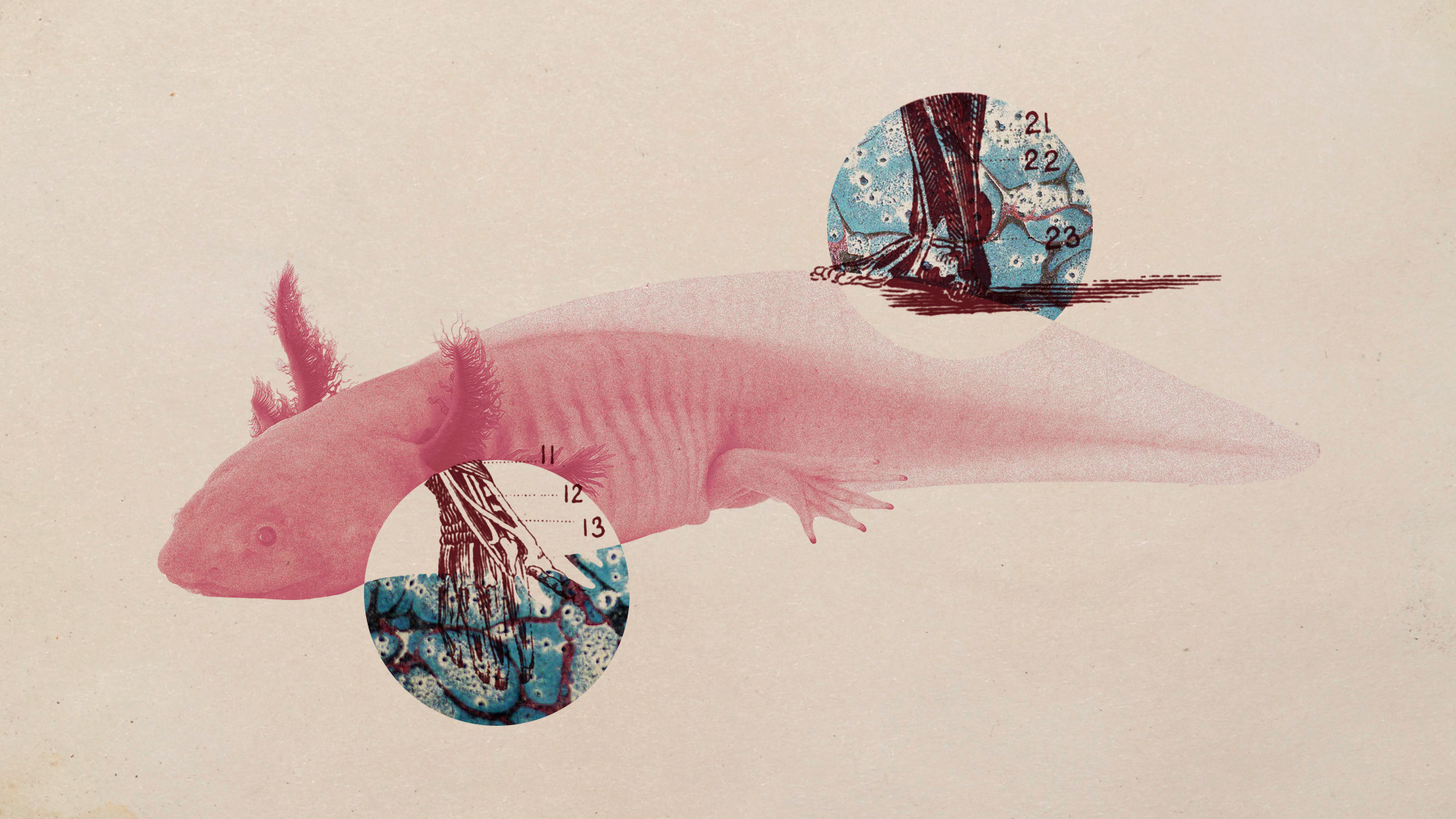 Scientists want to regrow human limbs. Salamanders could lead the way.
Scientists want to regrow human limbs. Salamanders could lead the way.Under the radar Humans may already have the genetic mechanism necessary
-
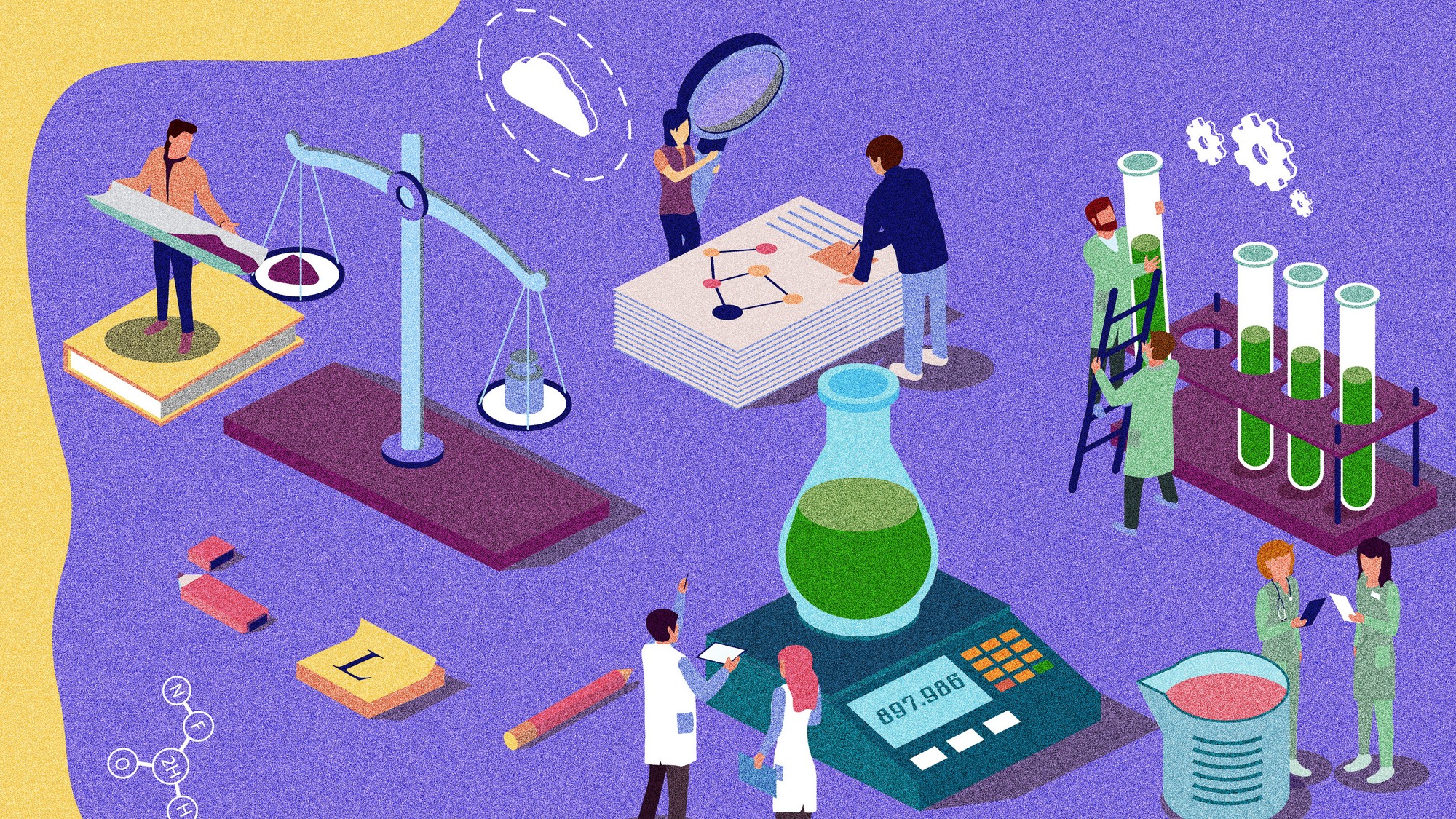 Is the world losing scientific innovation?
Is the world losing scientific innovation?Today's big question New research seems to be less exciting
-
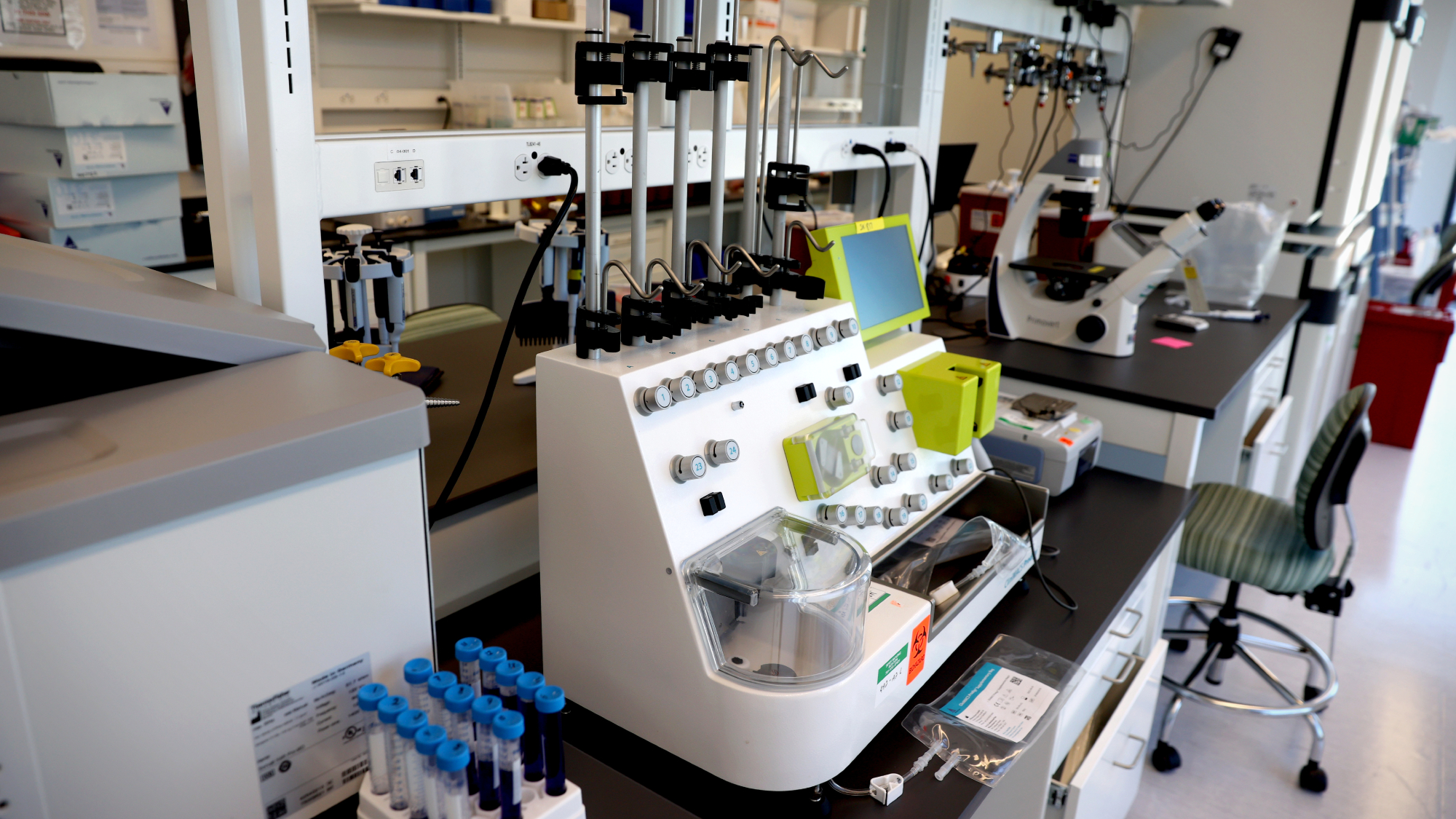 Breakthrough gene-editing treatment saves baby
Breakthrough gene-editing treatment saves babyspeed read KJ Muldoon was healed from a rare genetic condition
-
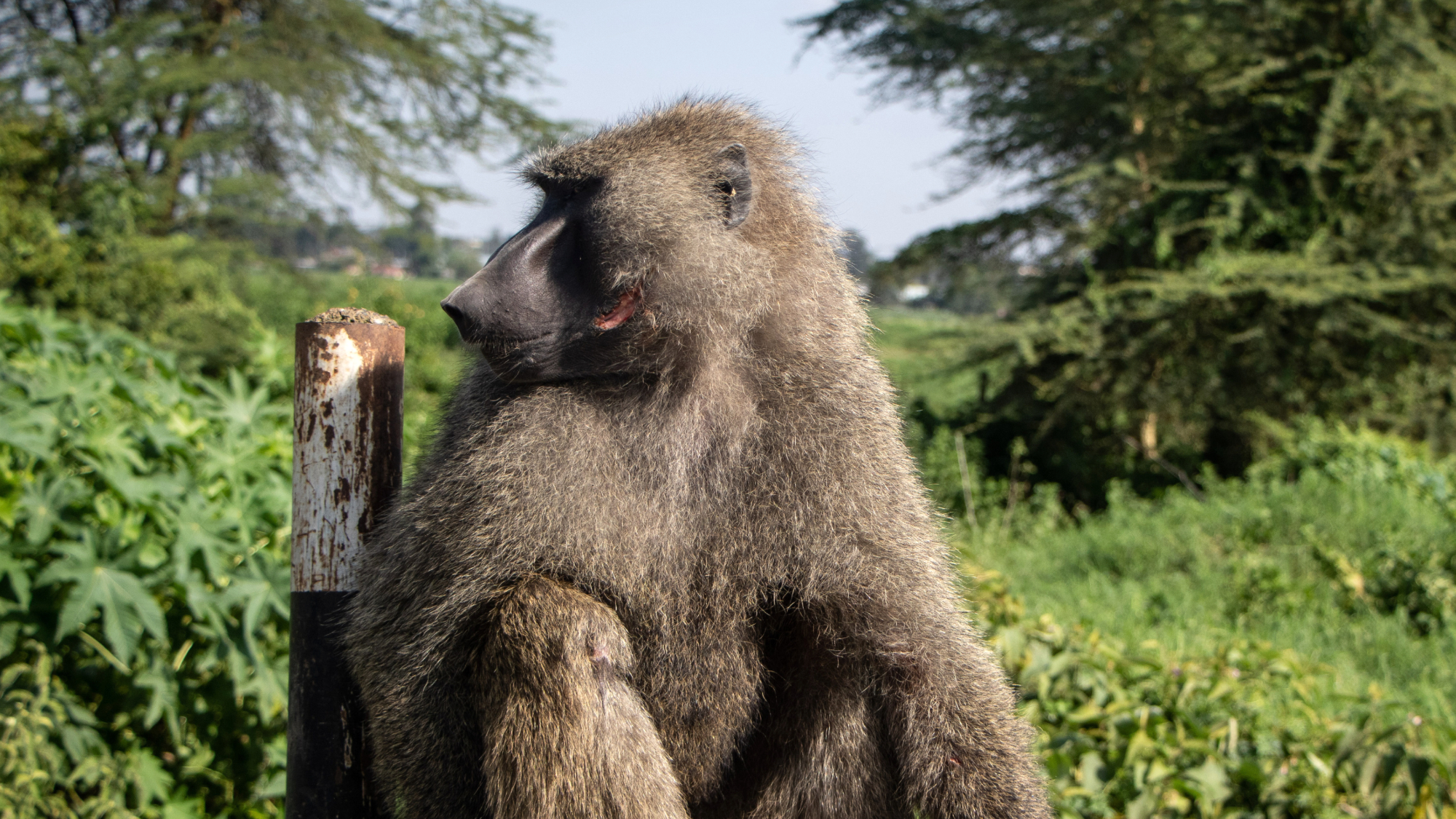 Humans heal much slower than other mammals
Humans heal much slower than other mammalsSpeed Read Slower healing may have been an evolutionary trade-off when we shed fur for sweat glands
-
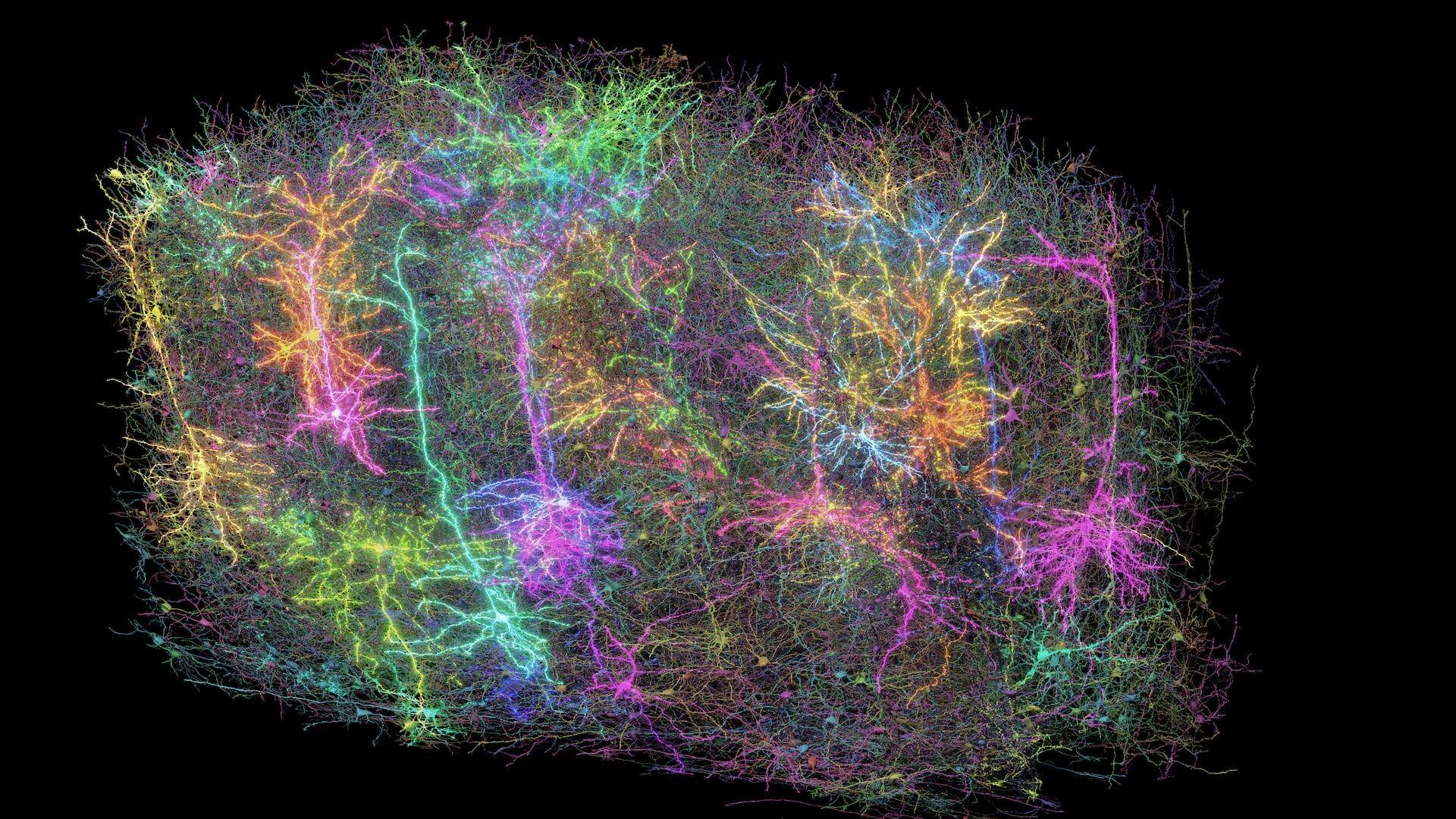 Scientists map miles of wiring in mouse brain
Scientists map miles of wiring in mouse brainSpeed Read Researchers have created the 'largest and most detailed wiring diagram of a mammalian brain to date,' said Nature
-
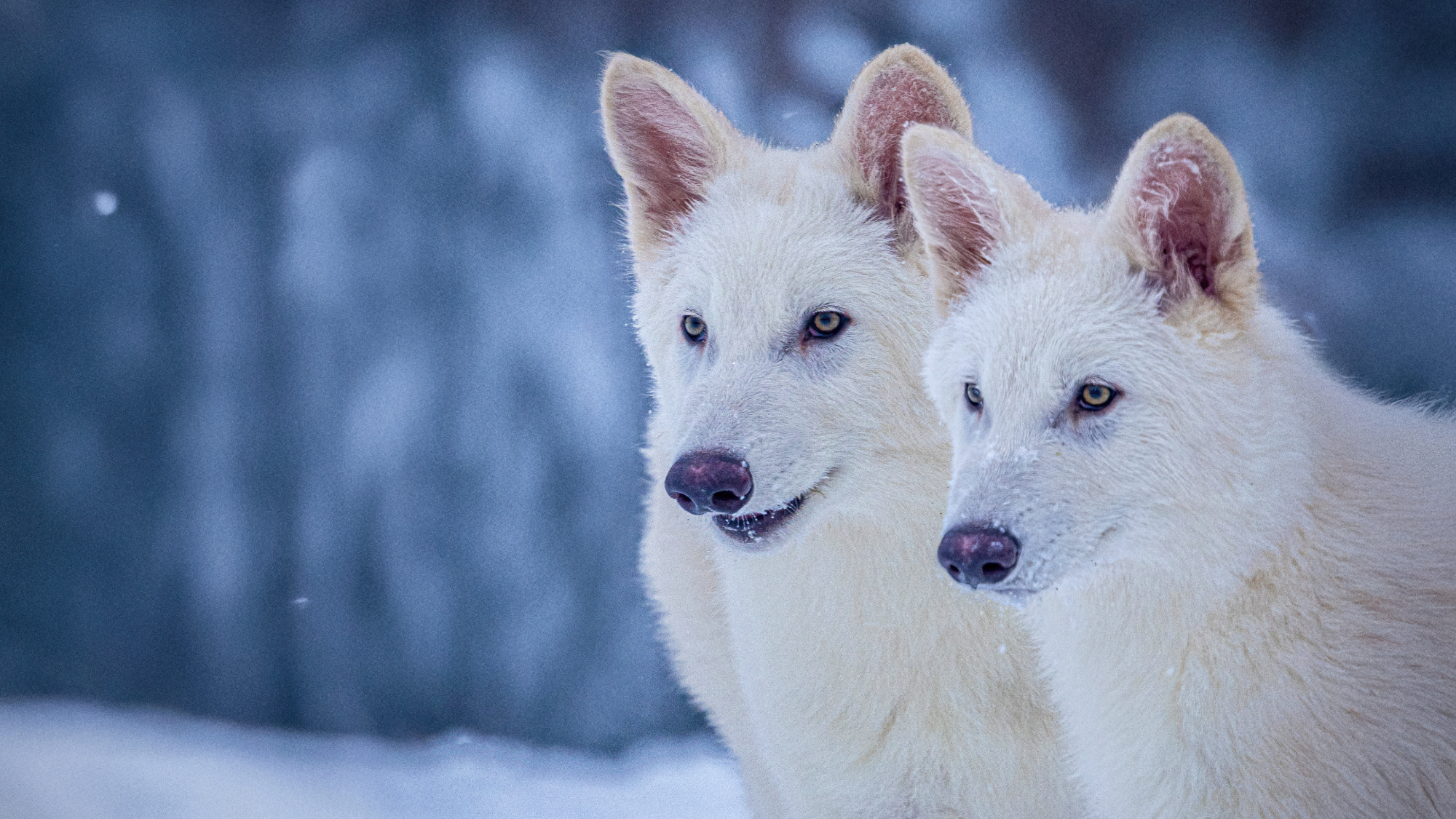 Scientists genetically revive extinct 'dire wolves'
Scientists genetically revive extinct 'dire wolves'Speed Read A 'de-extinction' company has revived the species made popular by HBO's 'Game of Thrones'